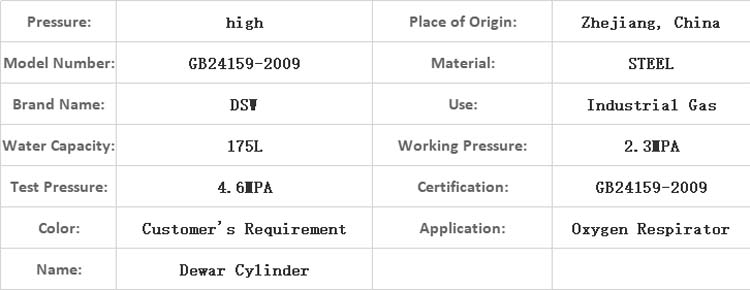Understanding Apparatus and Supplies for Working with Dewar Flasks, Dry Ice, and Liquid Nitrogen
Introduction:
Working with extreme temperatures and cryogenic materials requires specialized apparatus and supplies to ensure safety and efficiency. This article will explore the essential equipment needed for handling dewar flasks, dry ice, and liquid nitrogen. Understanding these components is crucial for various applications, including scientific research, industrial processes, and medical fields.
Dewar Flasks:
Dewar flasks, also known as vacuum flasks or thermos bottles, are essential containers used for storing and transporting cryogenic liquids. These double-walled vessels have a vacuum-sealed space between the inner and outer walls to minimize heat transfer. Utilizing insulating materials, such as glass or metal, dewar flasks help maintain extremely low temperatures for extended periods.Dry Ice:
Dry ice is solid carbon dioxide (CO2) that is commonly used for its extremely cold temperature of -78.5 degrees Celsius (-109.3 degrees Fahrenheit). It finds applications in various industries, including food preservation, medical transport, and special effects. When handling dry ice, it is crucial to use insulated gloves and appropriate containers to prevent frostbite and potential gas buildup.Liquid Nitrogen:
Liquid nitrogen (LN2) is a cryogenic liquid with an extremely low boiling point of -196 degrees Celsius (-321 degrees Fahrenheit). It is widely used in laboratories, medical settings, and industrial processes for its ability to rapidly freeze and preserve biological samples, as well as for cooling and cryotherapy. Specialized equipment, like dewar flasks and LN2 storage systems, is necessary to handle and store liquid nitrogen safely.Equipment:
Various equipment is utilized when working with dewar flasks, dry ice, and liquid nitrogen. This includes:
Transfer Systems: These systems consist of insulated hoses, valves, and fittings designed to safely transfer cryogenic liquids from storage to usage locations. They help maintain the integrity of the substances and prevent leaks or accidental exposure.
Safety Gear: Protective gear, such as gloves, goggles, and face shields, is essential when handling cryogenic materials. These items protect against extreme cold, potential splashes, and gas release.
Storage Containers: Proper storage containers, including dewar flasks and LN2 storage tanks, are crucial for maintaining the low temperatures necessary for cryogenic substances. These containers are typically insulated and designed to prevent excessive evaporation or leakage.
- Supplies:
In addition to the necessary apparatus and equipment, several supplies are commonly used when working with dewar flasks, dry ice, and liquid nitrogen. These include:
Cryogenic Labels: These labels are designed to withstand extremely low temperatures and ensure proper identification of samples or containers. They are essential for maintaining accurate records and traceability.
Insulating Material: Insulation plays a crucial role in minimizing heat transfer and preserving low temperatures. Materials like foam, thermal blankets, and specialized wraps help maintain the integrity of dewar flasks and other cryogenic equipment.
Handling Tools: Tools such as tongs, scoops, and ladles designed for cryogenic use help safely handle dry ice and liquid nitrogen. They prevent direct contact and ensure proper transfer and manipulation of these materials.
Conclusion:
Working with dewar flasks, dry ice, and liquid nitrogen requires specialized apparatus, equipment, and supplies to ensure safety, efficiency, and optimal performance. Understanding the principles behind these components is essential for anyone involved in scientific research, industrial applications, or medical fields where cryogenic materials are utilized. By adhering to proper handling procedures and utilizing the appropriate tools, we can harness the potential of these extreme temperatures in a controlled and secure manner.

Comments
Post a Comment